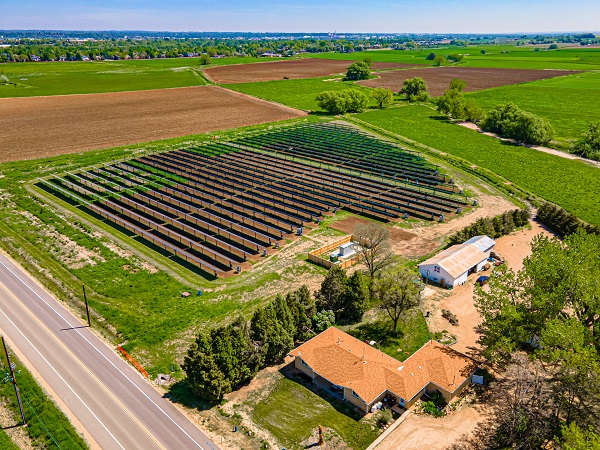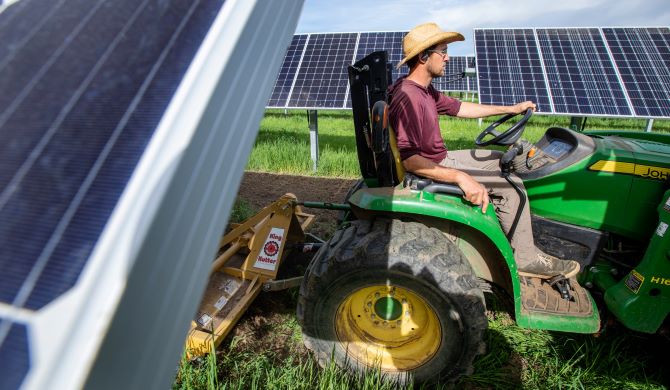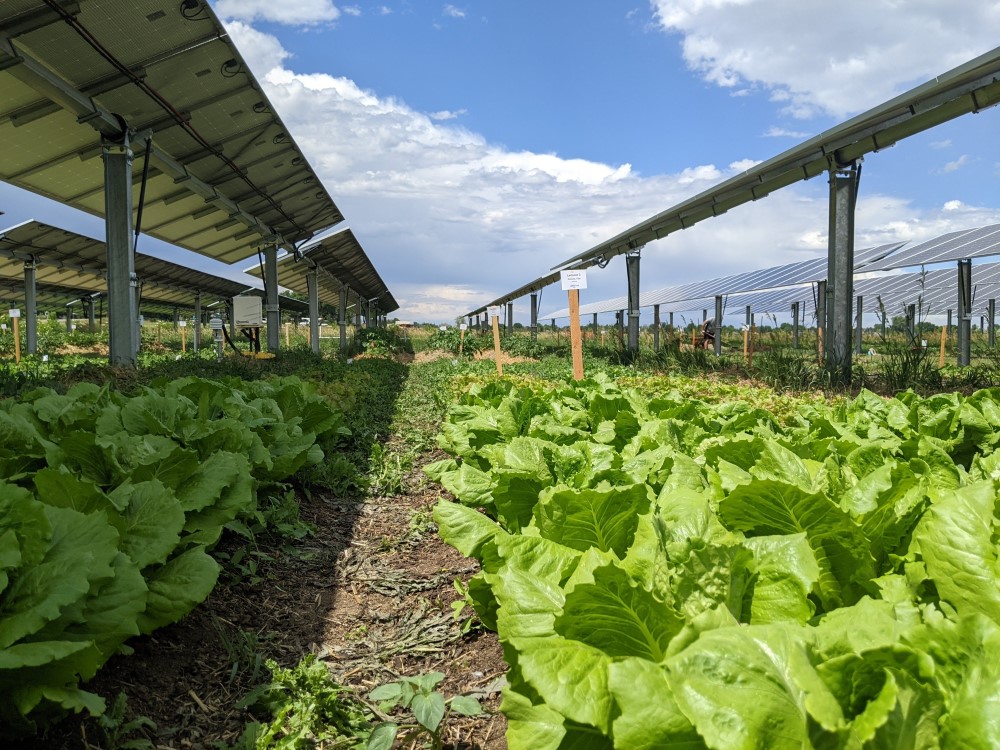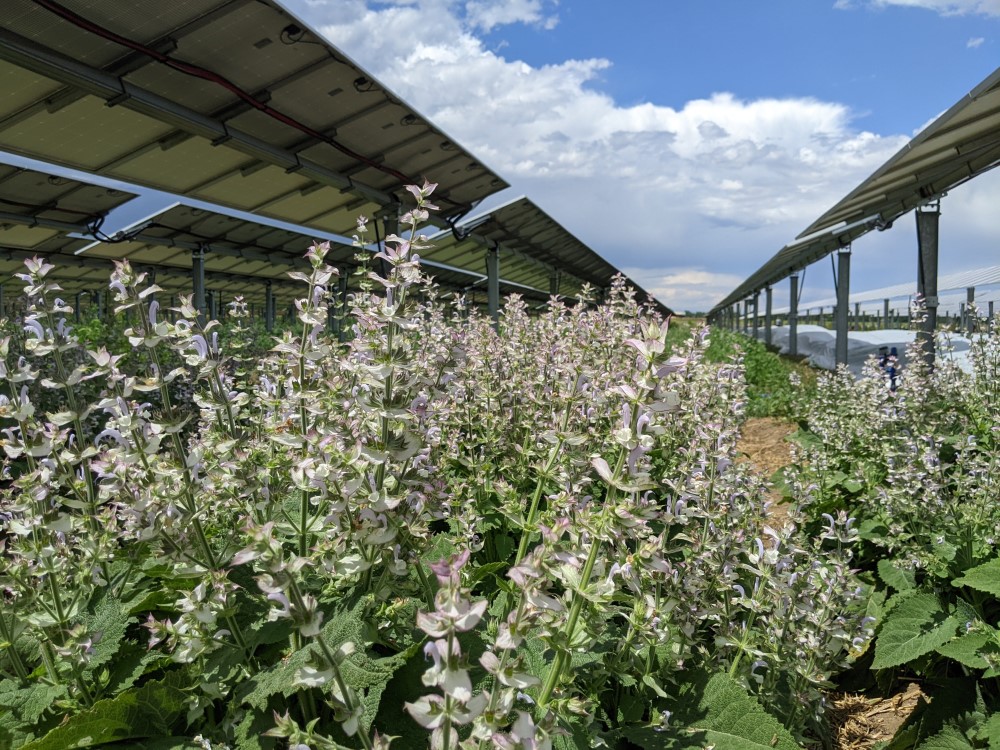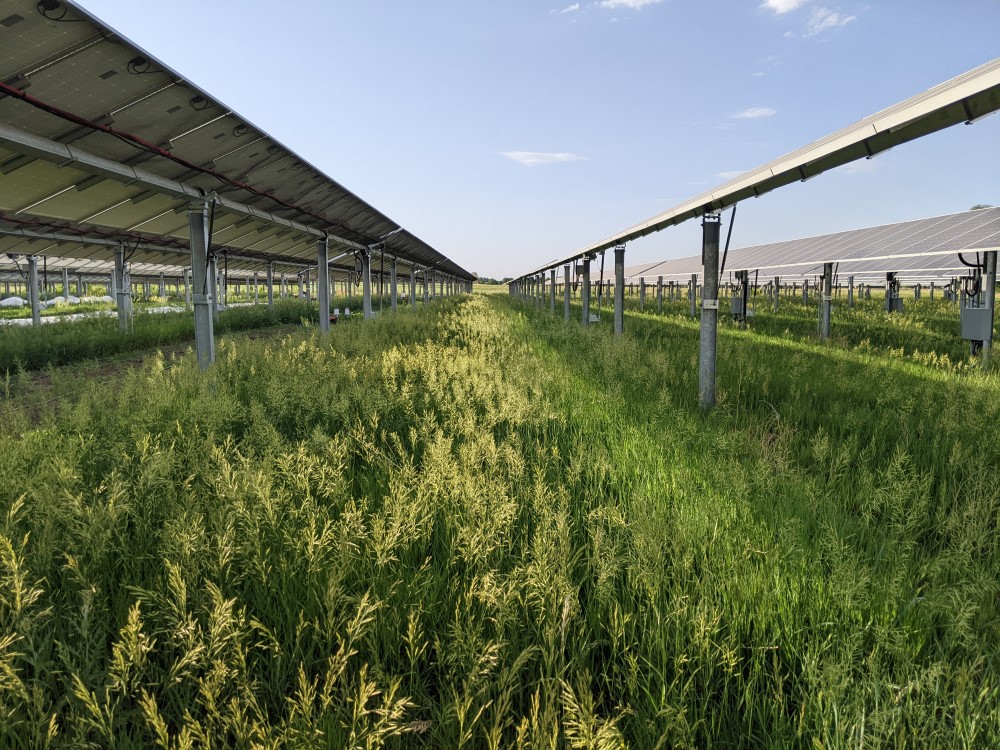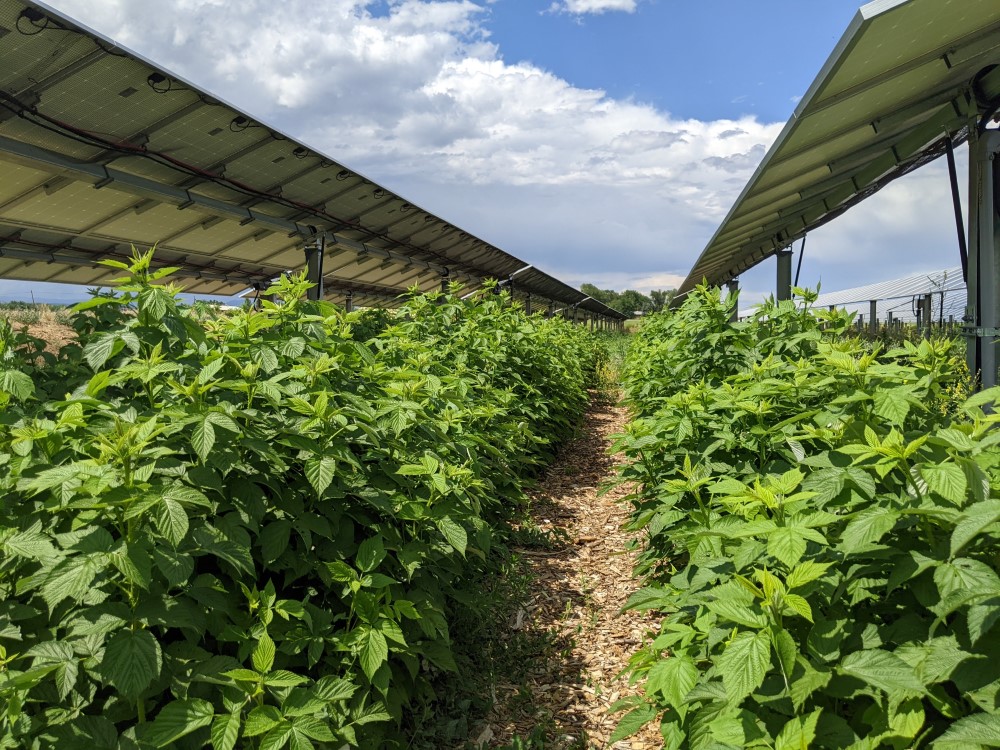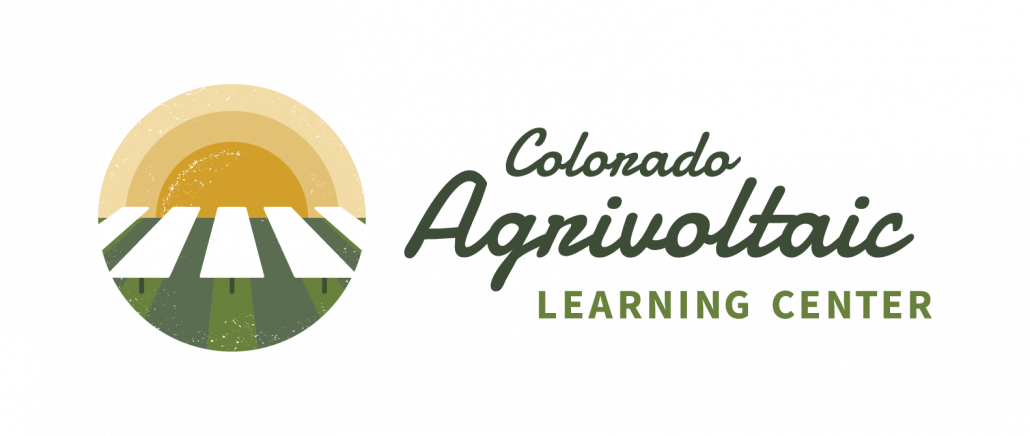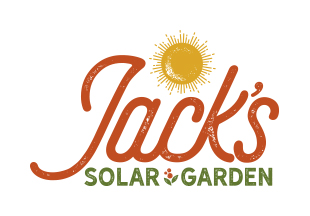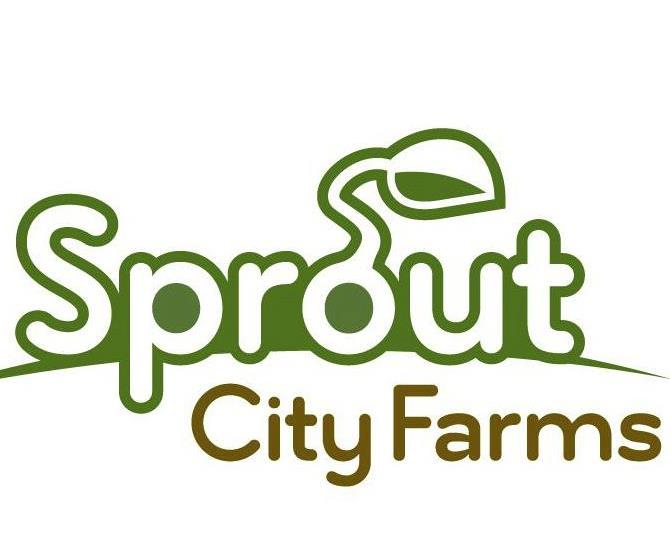Two new reports funded by the U.S. Department of Energy Solar Energy Technologies Office highlight the potential for successfully and synergistically combining agriculture and solar photovoltaics technologies on the same land, a practice known as agrivoltaics. One report details the five central elements that lead to agrivoltaic success, while the other addresses emerging questions for researchers related to scaling up agrivoltaic deployment, identifying barriers, and supporting improved decision-making about agrivoltaic investments. Learn more about the reports’ findings.
The first report, The 5 Cs of Agrivoltaic Success Factors in the United States: Lessons From the InSPIRE Research Study, examines the Innovative Solar Practices Integrated with Rural Economies and Ecosystems (InSPIRE) project, which was funded by the U.S. Department of Energy (DOE) Solar Energy Technologies Office (SETO) starting in 2015. Over the past seven years, the project’s multiple phases have studied the co-location of solar with crops, grazing cattle or sheep, and/or pollinator-friendly native plants, and the resulting ecological and agricultural benefits.
According to InSPIRE research, there are five central elements that lead to agrivoltaic success:
- Climate, Soil, and Environmental Conditions – The location must be appropriate for both solar generation and the desired crops or ground cover. Generally, land that is suitable for solar is suitable for agriculture, as long as the soil can sustain growth.
- Configurations, Technologies, and Designs – The choice of solar technology, the site layout, and other infrastructure can affect everything from how much light reaches the solar panels to whether a tractor, if needed, can drive under the panels.
- Crop Selection and Cultivation Methods, Seed and Vegetation Designs, and Management Approaches – Agrivoltaic projects should select crops or ground covers that will thrive in the local climate and under solar panels, and that are profitable in local markets.
- Compatibility and Flexibility – Agrivoltaics should be designed to accommodate the competing needs of solar owners, solar operators, and farmers or landowners to allow for efficient agricultural activities.
- Collaboration and Partnerships – For any project to succeed, communication and understanding between groups is crucial.

